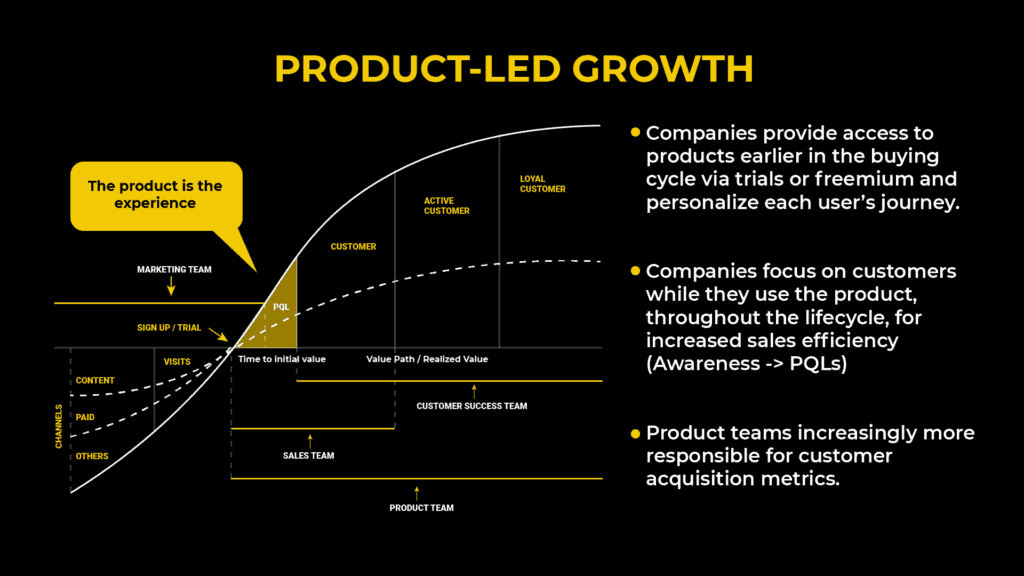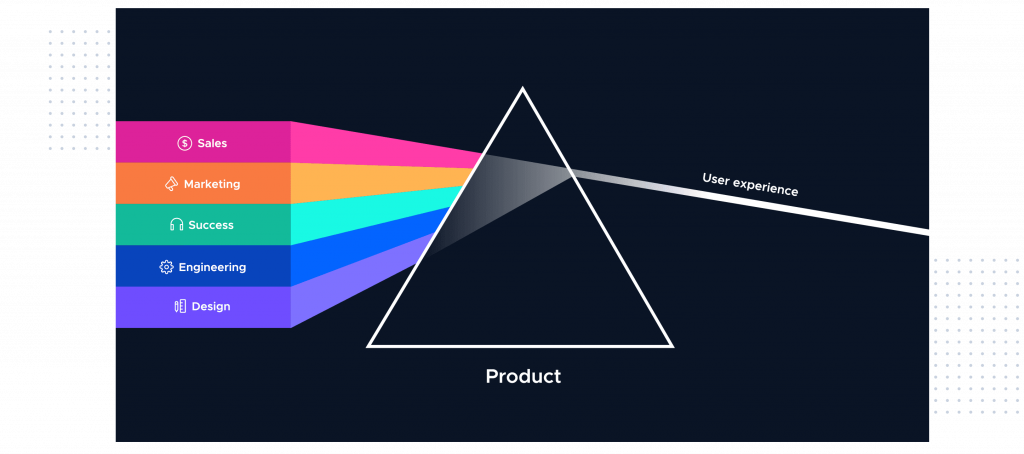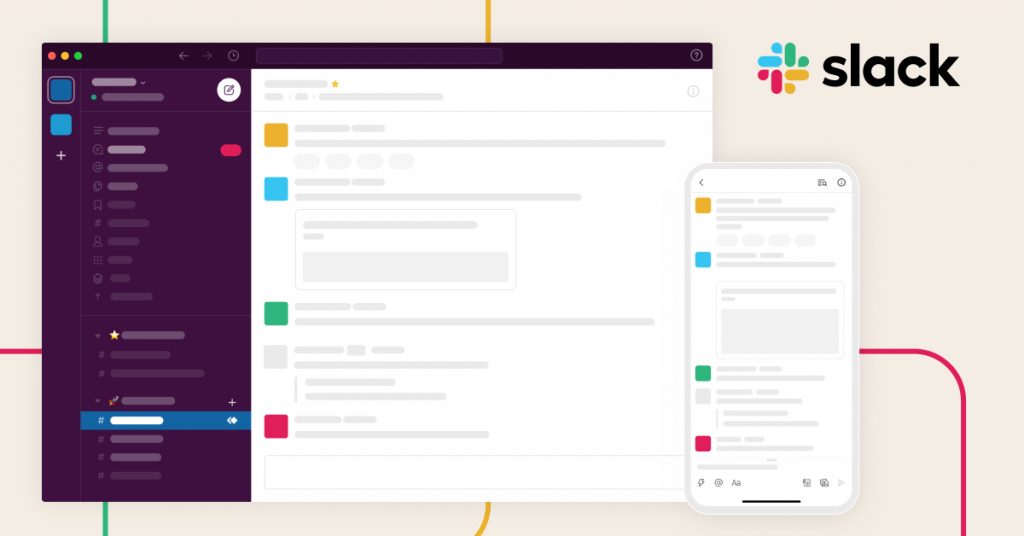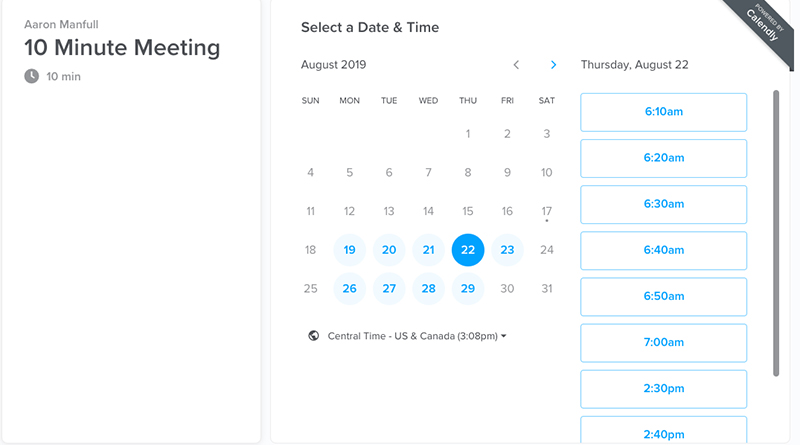5 reasons why your SaaS needs to embrace product-led growth
Product Led Growth (PLG) is a business development strategy that capitalizes on product usage to drive customer acquisition, conversions, and expansions.
Product-led growth is a powerful strategy in any industry, but it works best when applied to a software-as-a-service (SaaS) company: product-led go-to-market practices can revolutionize how SaaS businesses operate.
According to statistics, 70% of online businesses fail due to poor usability. Users expect meaningful experiences that “show, don’t tell” with the products they intend to purchase.
In recent years, there has been a significant shift in how people use and purchase the software. A good user experience that leads the user to value without hand-holding is far more important now than it was previously.
A PLG framework requires alignment between all of your teams to ensure that the product sells itself.
In this article, I will discuss why you need to embrace PLG for your SaaS business and how it can benefit you.

How does product-led growth compare to other growth models?
Product-Led growth is altering the way SaaS companies view potential customers and growth of your SaaS business. Simply put, the product is intended to be used and eventually sell itself.
How is this accomplished? With a quick and simple onboarding process.
Touchpoints, such as login flows, security settings, and in-app support options, must also be optimized with multiple user-friendly options. PLG is a philosophy that aims to give the end-user more in-app independence in order to achieve higher levels of customer satisfaction.
But how product-led growth is different from other growth models?
Let’s take a look at some growth models in detail.
Marketing and sales teams are central to sales-led growth. The messaging is set by the CMO or VP Marketing, campaigns are run across various channels to generate leads, content is leveraged to generate inbound traffic, and sales teams eventually contact prospects to close deals. This traditional approach is still used by many SaaS companies.
Product-led growth is a strategy that uses the product as the primary channel for customer acquisition, conversion, retention, and expansion.
Everything in the product-led approach is self-service. Customers sign up for a free trial, upgrade to a premium plan, and then cancel their subscription without ever contacting sales.
The sales-led approach, on the other hand, involves the prospect interacting with a sales rep (or customer success rep, etc.) at each stage of the buying journey.
Because of the low barrier to entry and its primary clientele the product-led strategy has a shorter sales cycle. All these customers need to do is create an account, explore the product, and then enter their credit card information when it’s time to upgrade.
All of this can happen in a matter of hours if the product is a perfect fit.
Sales-led, as opposed to product-led, typically focuses on enterprises. Long buying cycles are part of the package. Qualification meetings, demos, nerve-racking customer objections, negotiation, and an avalanche of complex requirements are all common occurrences for SDRs selling to large corporations.
Product-led businesses are more cost-effective than marketing-led businesses. It is no secret that marketing costs are constantly rising. Historically, software companies spent a significant portion of their revenue on marketing. In fact, some of the world’s largest software companies, including MindBody, Salesforce, Bottomline Technologies, Tableau, and Oracle, are even known to devote 20% of their revenue to marketing.
Now, that’s not a problem if you’re Oracle, but if you’re a SaaS with a product-market fit that needs to grow, you can’t afford to spend so much money on marketing.

The issue with most marketing-led businesses is that they focus on the buyer rather than the end user. They’ll spend a large chunk of their revenue on marketing and a small chunk on product features, and the result is a product that can’t keep up.
Examples of product-led growth
The ability to create a self-service product has changed how businesses and customers view SaaS products.
Many businesses have realized that their products will allow them to run their business processes remotely. At the same time, customers have also realized that they do not need to speak with salespeople to identify their problems and educate themselves about a product.
This is a change that has arisen in tandem with the development of SaaS products and user needs and expectations.
Let’s take a look at the companies that use product-led growth and how they actually achieve it.
- Slack

Slack is the ultimate example of a product-led growth company. They have an excellent self-service product with a great user onboarding that solves users’ problems.
This is how they were able to reach a valuation of $7 billion in just five years.
What’s interesting about Slack’s approach is that even though they’re product-led, they don’t completely ignore the sales team. On the contrary, they recognize that their sales team is an essential component of their growth strategy, particularly when integrating their product into the teams of large enterprises.
This is why, in the top right corner of the product, you have the option to “talk to sales.” Companies of all sizes are interested in becoming Slack customers. Slack is aware of this, and they place high value on their sales team.
As demonstrated by this example, product-driven businesses should not overlook the benefits of alternative strategies. Instead, if a product-led company wants to grow, it should use a combination of strategies and practices while the product leads the way.
- DropBox
Dropbox is another example of product-led innovation, and the brand lends itself well to sharing and attracting new customers. With a clear and undeniably effective product-led growth strategy, Dropbox has surpassed $1 billion in sales in less than ten years.
Dropbox’s product-led approach delivers on two key aspects. First, Dropbox has created an intuitive product that clearly meets consumers’ needs—making file sharing easy and accessible for end-users.
Secondly, the product’s features enhance virality among prospective users. By sharing a referral page, users receive more credit for storage. This recommendation tactic has helped Dropbox attract new customers while boosting its current users’ customer experience. Links are user-friendly, so people can exchange files without a Dropbox account being required for the receiver.

- SurveyMonkey
Conducting surveys or gathering feedback in general is another essential practice for a product-driven company. It is an excellent way to develop strong customer relationships while also learning about your weaknesses and strengths and working to improve them.

With this in mind, it is understandable that a company like SurveyMonkey would opt for a product-led growth strategy.
Let us go over why this is so:
It is a win-win situation when SurveyMonkey customers conduct surveys using their product.
Why?
Because when businesses create surveys with SurveyMonkey, their customers learn about SurveyMonkey, and the virality of SurveyMonkey grows exponentially.
- Calendly
Calendly, another naturally growing product, employs a product-led approach similar to SurveyMonkey. Many users complain about the back-and-forth task of scheduling meetings. Calendly was created to address this issue for users.
But what makes it such a popular tool?
The product cannot exist if there is only one user. It works when a user sends a meeting request to another user through the platform, allowing both users to experience the value of the product. The inherent collaborative nature of this product creates a viral circle of value.
When a user sends their Calendly link to others, they are using and supporting the product. Assume they send their connection to a new user who is unfamiliar with Calendly. When they click on the link, Calendly’s interface appears automatically. They use the platform to book a meeting with the person and see how simple it is. They begin to use it, providing people with their calendar link. Calendly is able to attract new users through this expanding loop without any additional effort.

- HockeyStack
Another example of a great product-led growth company is HockeyStack. HockeyStack is a powerful analytics tool that uses many product metrics which allow you to determine which feature your users interact with the most.
With a user-friendly website and live demos, HockeyStack allows SaaS companies to explore the functionality of the tool and see just how easy it can be to create customized dashboards and track any metric you need.
Integrations with popular CRMs and payment gateways such as Stripe, Salesforce, and HubSpot and the no-code interface of the tool itself have made it the choice of over 7000 companies.Here are some of the dashboards that you can see on the live demo available on HockeyStack’s website:
For example, you can build a dashboard showing the marketing to expansion journey:

A chart showing your active users:

Visualize the activation rate based on different customer segments:

And even get a complete breakdown of feature adoption:

Pro Tip:
HockeyStack’s set-up takes only 5 mins. Try our free live demo now!
5 reasons why your SaaS needs to embrace product-led growth
Over the years, countless SaaS businesses have opted to switch from a sales-led to a product-led strategy to drive growth. This is the same strategy that many respected software companies have adopted, including Slack and Dropbox.
Here are 5 reasons why you should also embrace the product led growth for your SaaS business:
To begin with, a successful product-led growth strategy means that the customer can quickly determine the value of the product and proceed with the trial. There is no need for people to interact with the sales team. This makes the “buying” process very quick. It is not necessary to have dozens of people demo the product and qualify the prospect. The advantage is a shorter time to acquisition.
- Customers onboard themselves because the purchasing process requires only a few clicks. Rather than investing in salespeople, your organization can focus its efforts on onboarding and customer service.
- The product-led growth model is popular because product popularity can grow online in a scalable and sustainable manner. The sales funnel has a wider top-of-funnel and is literally open to users all over the world as they experiment with the “freemium” model to gain value from the product. Given that users experience the product firsthand, in the palm of their hands, growth accelerates quickly.
- As privacy policies evolve, first-party data becomes a goldmine for product companies. Because your product is central, you have access to a massive amount of customer data. You can use this to better understand your customers’ behavior and market your product. In the long run, this will reduce your advertising costs while improving your conversion rate.
- One of the most significant advantages of embracing product-led growth is that the product promotes itself. Team members can focus on learning how to create a high-quality product and deliver an exceptional user experience.
- Every SaaS company’s core competency is its product. The product must be the star of a PLG approach. This calls for it to be user-friendly, address their issues, and do so more quickly than any competing product. The model of product-led growth makes sure your solution is in excellent condition.
Adopting a go-to-market strategy that allows customers to experience your value with little to no risk is a smart bet for any SaaS business, whether you call it Product Led Growth or Land and Expand. Being deliberate about your product strategy and fully committing your organization to support it can pay off nicely in the long run.
Custom dashboards enable you to connect the dots in order to gain a better understanding of what drives revenue for your SaaS. A tool like HockeyStack can help your business track its PLG efforts. It is important to use metrics to track this effort, HockeyStack can help you track product metrics like time to value, average revenue per user, expansion rate and churn rate etc.
A product-led approach works because it allows brands to shift their focus from the brand to the end user—from understanding their needs, behavior, and challenges to developing a customer-centric product. Customers will take greater control of driving product success as they self-educate and experience the product more. The brand, on the other hand, benefits from an automated customer success workflow built into the product.



